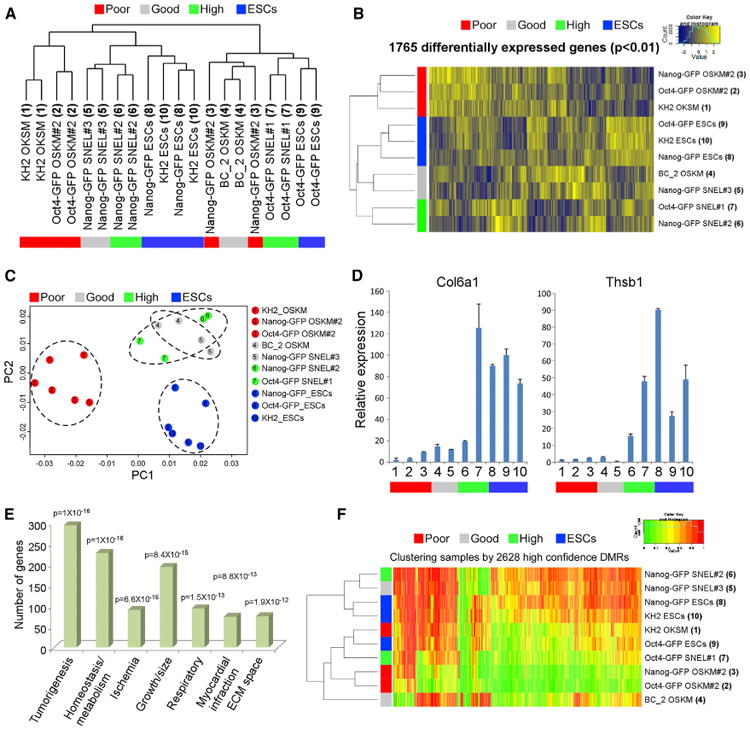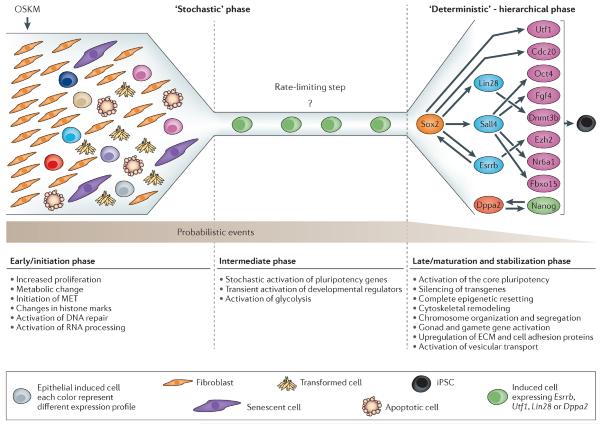Direct Induction of the Three Pre-implantation Blastocyst Cell Types from Fibroblasts

Following fertilization, totipotent cells undergo asymmetric cell divisions, resulting in three distinct cell types in the late pre-implantation blastocyst: epiblast (Epi), primitive endoderm (PrE), and trophectoderm (TE).
Nuclear Reprogramming by Defined Factors: Quantity Versus Quality
The generation of induced pluripotent stem cells (iPSCs) and directly converted cells holds great promise in regenerative medicine.
Extensive Nuclear Reprogramming Underlies Lineage Conversion into Functional Trophoblast Stem-like Cells
Induced pluripotent stem cells (iPSCs) undergo extensive nuclear reprogramming and are generally indistinguishable from embryonic stem cells (ESCs) in their functional capacity and transcriptome and DNA methylation profiles
The developmental potential of iPSCs is greatly influenced by reprogramming factor selection

Induced pluripotent stem cells (iPSCs) are commonly generated by transduction of Oct4, Sox2, Klf4, and Myc (OSKM) into cells. Although iPSCs are pluripotent, they frequently exhibit high variation in terms of quality, as measured in mice by chimera contribution and tetraploid complementation.
Mechanisms and models of somatic cell reprogramming

Conversion of somatic cells to pluripotency by defined factors is a long and complex process that yields embryonic-stem-cell-like cells that vary in their developmental potential.
Single-cell expression analyses during cellular reprogramming reveal an early stochastic and a late hierarchic phase

During cellular reprogramming, only a small fraction of cells become induced pluripotent stem cells (iPSCs). Previous analyses of gene expression during reprogramming were based on populations of cells, impeding single-cell level identification of reprogramming events